Hunan Province

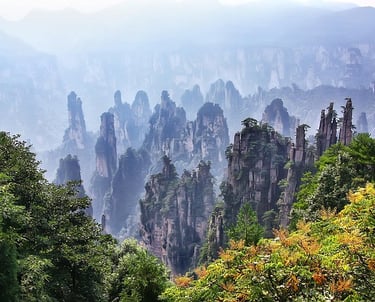
Introduction
Hunan Province, located in south-central China, lies between the Yangtze River to the north and a landscape of mountains, lakes, and fertile plains to the south. Known as “the land of fish and rice”, it thrives on its rich waterways and subtropical climate, which sustain dense agriculture and scenic natural beauty.
With over 66 million residents, Hunan blends ancient heritage and modern vitality. The provincial capital Changsha serves as a dynamic hub for education, innovation, and media, while Yueyang, overlooking Dongting Lake, remains vital for river trade and transport. In contrast, the southern regions marked by forested hills and ethnic villages preserve deep cultural traditions and crafts.
Hunan’s central geography has long made it a crossroads of commerce and culture, linking China’s north and south. Its mix of agricultural roots, revolutionary history, and rapid urban growth defines the province as both deeply traditional and forward-looking.
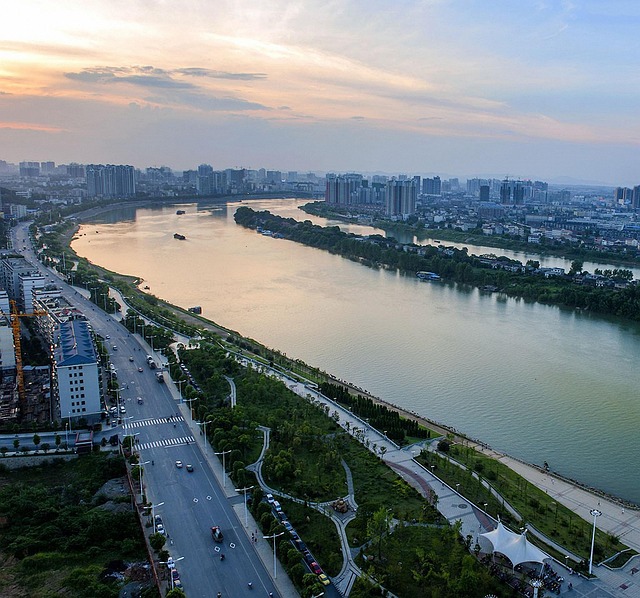

Geography and Key Cities
Hunan lies south of the Yangtze River, with numerous lakes including Dongting Lake and rivers such as the Xiang and Zi flowing through fertile plains, while mountains like Wuling, Xuefeng, and Nanling frame its borders. The terrain varies from low-lying river valleys in the north to hilly and mountainous regions in the west and south. The climate is humid subtropical, with hot, humid summers, heavy monsoon rains, and mild, damp winters.
Changsha, the provincial capital, is a transport, educational, and cultural hub, connecting railways, highways, and river traffic.
Yueyang, on the shores of Dongting Lake, preserves ancient city walls and historic temples, while Zhuzhou and Xiangtan form an industrial corridor known for steel, electronics, and transportation equipment.
Other key cities include Shaoyang, known for cultural heritage, and Hengyang, a historical trade and transport center.
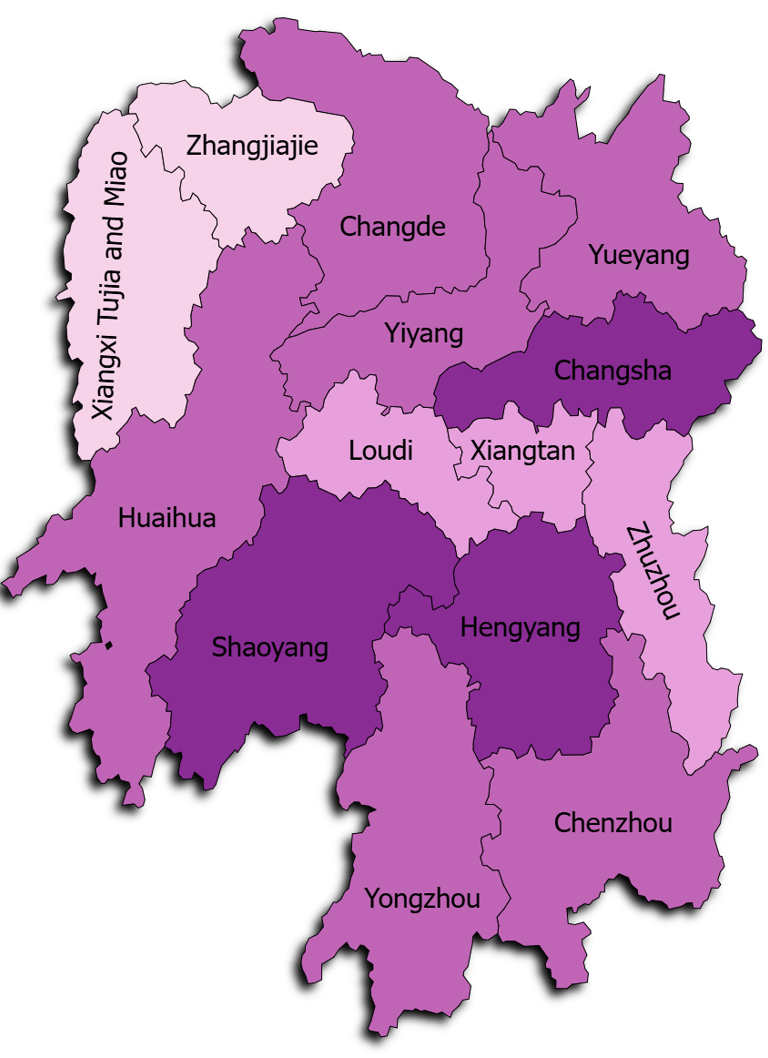



Hunan’s history stretches from prehistoric settlements along the Xiang and Li rivers to its rise as a heartland of the ancient Chu Kingdom, whose art, poetry, and mysticism profoundly shaped early Chinese civilization. During the Han dynasty, Hunan emerged as a major agricultural and administrative center, with Changsha and Yueyang thriving as key river cities.
Throughout imperial and modern eras, the province produced influential scholars, generals, and reformers, earning a reputation for both intellect and rebellion. From the Taiping Rebellion to the revolutionary movements of the 20th century, Hunan has often stood at the forefront of political and social change. Today, it continues to blend its deep historical roots with rapid modernization, embodying a legacy of resilience and innovation central to China’s evolution.
Historical Background
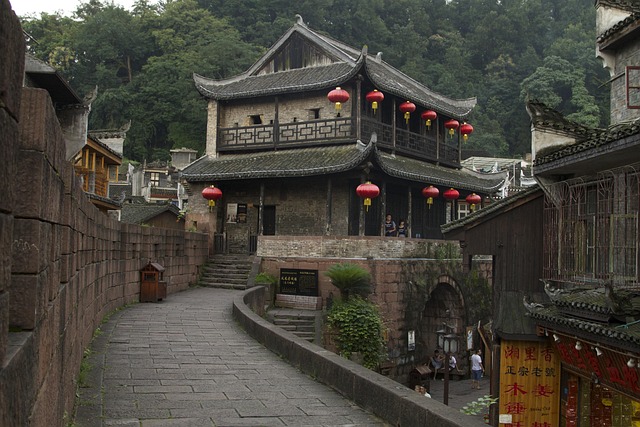


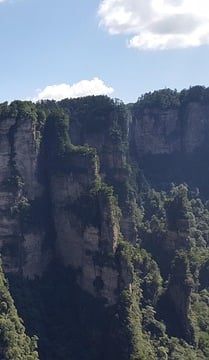
Nature and Landmarks
Hunan combines rivers, lakes, mountains, and cultural landmarks into one of China’s most diverse natural landscapes. Dongting Lake, one of the country’s largest freshwater lakes, sustains vast wetlands, migratory birds, and fields of blooming lotus, while the Xiang River cuts through the province as a lifeline for transport and agriculture. Surrounding mountain ranges like Wuling, Xuefeng, and Nanling cradle ancient forests, rare wildlife, and tea-growing villages.
The Zhangjiajie National Forest Park, part of the Wuling range, stands as Hunan’s most spectacular natural site with its towering quartz-sandstone pillars inspired the floating mountains in Avatar and attract millions of visitors each year.
Historic and spiritual landmarks complete this geography: Yueyang Tower overlooking Dongting Lake, Mount Heng, one of China’s Five Great Mountains, home to Taoist and Buddhist temples, and ancient city walls in Yueyang and Changsha.
Together, they reflect Hunan’s dual spirit: sacred mountains and timeless rivers harmonizing with its evolving urban centers.
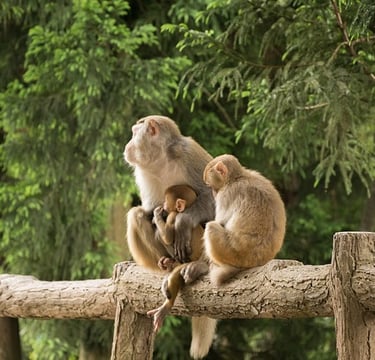

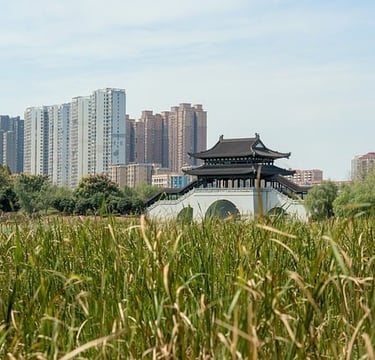

Culture and Cuisine
Hunan’s culture mirrors its landscape : fiery, rugged, and deeply rooted in history. The province blends Confucian scholarship, revolutionary spirit, and folk creativity. From the ancient city walls of Yueyang and Changsha to the sacred temples of Mount Heng, Hunan’s architecture reflects centuries of faith, intellect, and resilience. Festivals like dragon boat races on Dongting Lake, lantern fairs, and stilt dances animate both towns and villages, preserving a living connection between riverside and mountain traditions.
Language and arts reveal Hunan’s regional character: while Mandarin dominates, the Xiang dialect preserves a softer, melodic tone that distinguishes the province’s identity. Local crafts such as paper-cutting, embroidery, and shadow puppetry continue to thrive, often illustrating themes of nature, folklore, and family.
Culinary culture is perhaps Hunan’s most famous export. Known across China for its bold, spicy, and smoky flavors, Xiang cuisine (湘菜) celebrates local produce and preservation techniques. Chili peppers, fermented vegetables, and smoked meats define its character. Signature dishes include : Chairman Mao’s red-braised pork, steamed fish with chili, and spicy lotus root stir-fry, each balancing heat, texture, and aroma.
From Dongting Lake’s crabs to mountain-cured duck, Hunan’s food captures the province’s personality : intense, earthy, and proud of its roots.
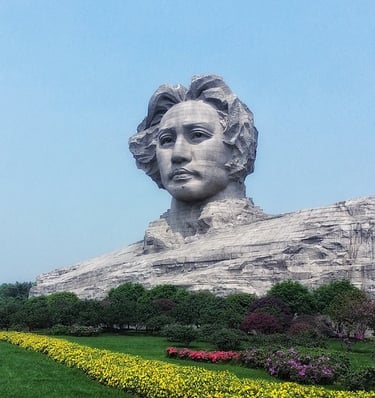

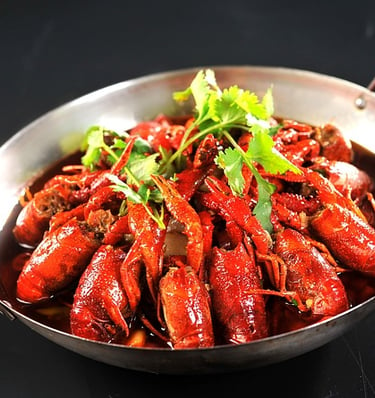

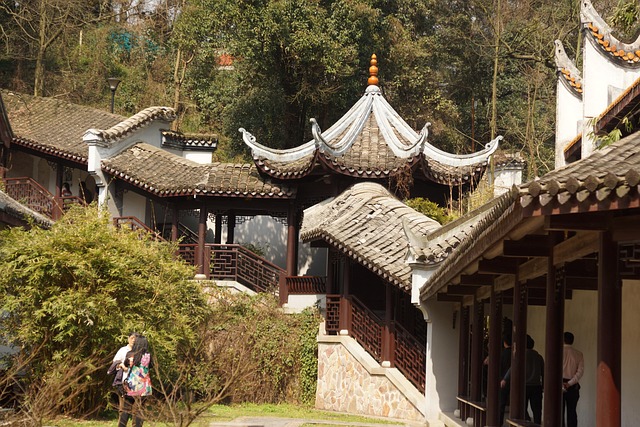

Economy and Modern Development
Hunan stands as a vital economic heartland in south-central China, where industry, agriculture, and innovation intersect. The Changsha–Zhuzhou–Xiangtan triangle forms a powerful industrial belt producing steel, machinery, and electronics, supported by the province’s extensive rail and river networks. The Dongting Lake region, nourished by the Yangtze River, remains one of China’s most fertile agricultural zones, known for rice, citrus, and freshwater products, sustaining both local consumption and national trade.
Historically, Hunan’s rivers shaped its economy : river ports along the Xiang and Yuan Rivers facilitated grain transport, commerce, and early industrial growth. Today, the province is a center for advanced manufacturing, new materials, and renewable energy, while Changsha has emerged as a leader in construction machinery and research-driven innovation.
Beyond industry, tourism thrives in destinations such as Mount Heng, Yueyang Tower, and the Zhangjiajie National Forest Park, fueling service and cultural sectors. Despite rapid modernization, Hunan continues to balance industrial progress with agricultural heritage, its economy symbolizing the fusion of river-based tradition and forward-looking development.

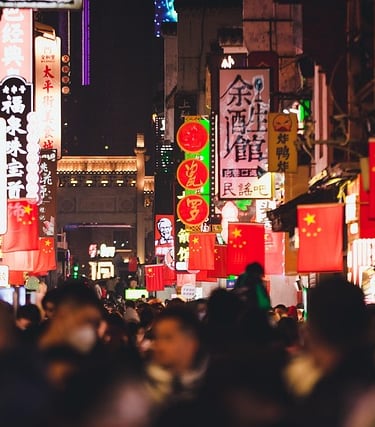
Hunan has produced influential figures across politics, literature, philosophy, and revolution. Revolutionary leader Mao Zedong hails from Shaoshan, shaping modern Chinese history, while writers, poets, and scholars from Changsha and Yueyang contributed to literature and political thought. Local Taoist and Buddhist masters in Mount Heng and surrounding areas also reflect the province’s spiritual heritage.
The province is renowned for martial arts and revolutionary traditions, making it a cultural and historical beacon. In modern times, Hunan continues to produce reformers, academics, scientists, and athletes who embody its rich historical, cultural, and revolutionary legacy.
People and Notable Figures
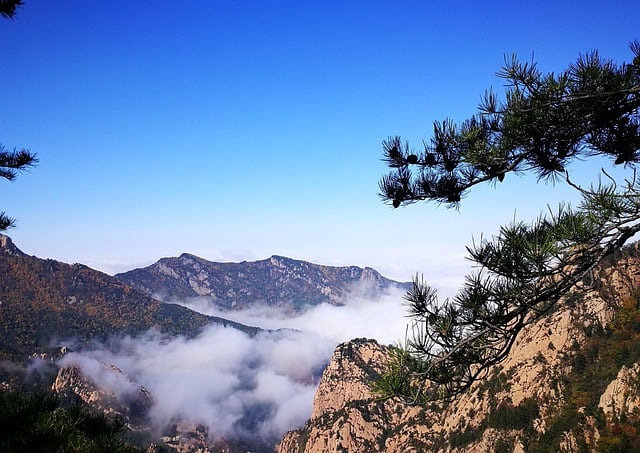

Current Trends and Daily Life
Hunan daily life is deeply connected to its rivers, lakes, and mountains, shaping both work and leisure. In Changsha, cafés, riverside promenades, and modern shopping districts mix with traditional food streets, while locals enjoy walks along the Xiang River and evenings in teahouses.
In towns near Dongting Lake, life revolves around fishing, lotus harvesting, and small-scale rice farming, with festivals on the lake and rivers bringing communities together. Rural villages maintain ethnic traditions, colorful markets, and unique handicrafts.
People’s work and migration patterns reflect Hunan’s mix of tradition and opportunity. Many residents leave for larger cities like Guangzhou or Shenzhen for temporary work, while younger generations often start careers in tourism, creative industries, or local food processing. Despite urban growth, Hunan keeps its strong sense of local identity, with river-based life, community gatherings, and a love for local cuisine, central to daily life.
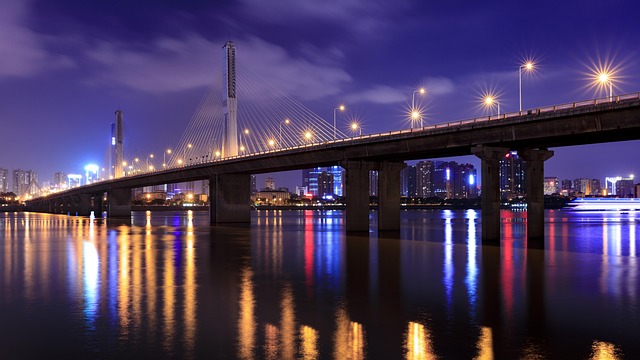

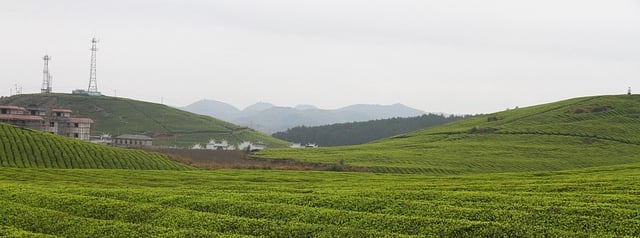

Practical Travel and Tips
Best time to visit: Spring and autumn offer mild weather and scenic blooms, summer is hot and humid, and winter is mild but damp in river valleys
Getting there: Changsha is a major transport hub with high-speed rail, river ports, and an international airport, providing easy access to most Chinese cities
Highlights: Zhangjiajie, Mount Heng, Dongting Lake, Yueyang Tower, Shaoshan, Shimen ancient towns, Xiang River vistas
Local etiquette: Expect direct and practical manners, respect temple rituals, local customs, and mountain pilgrimage traditions
Insider tip: Try Chairman Mao’s red-braised pork in Changsha, explore lakeside villages for river delicacies, and visit Mount Heng for temple tours and scenic hiking.
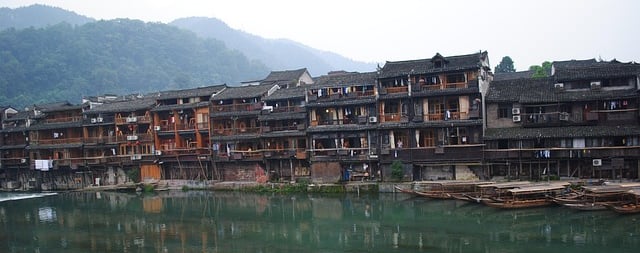

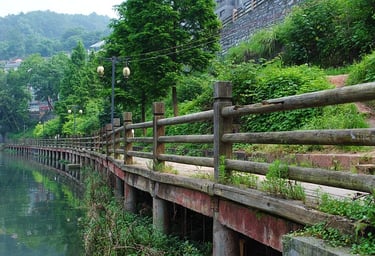

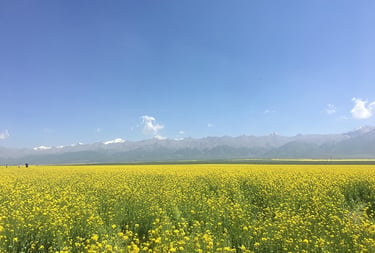



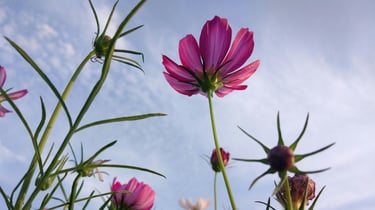





Climate
Plant and animal life
Agriculture
Manufacture
Hunan has a humid subtropical climate, with hot, humid summers and mild winters.
Summer temperatures often rise above 33–35°C, accompanied by heavy rainfall due to the East Asian monsoon.
Winters are relatively short, with occasional frost in the north and cool, damp conditions in the south.
Spring and autumn are generally mild and comfortable, offering pleasant conditions for agriculture and tourism.
The province experiences high humidity year-round, and rainfall is concentrated in the summer months, shaping its lush landscapes and river systems.
Hunan’s varied landscapes, from the Xiangjiang River valley to the mountains of Wuling and Nanling, support rich biodiversity.
Forested hills host pine, cypress, camphor, and bamboo, while wetlands and lakes, such as Dongting Lake, sustain lotus, reeds, migratory birds, and freshwater fish.
Wildlife includes Chinese alligators, wild boars, deer, pangolins, and a variety of birds.
Hunan’s ecosystems reflect the province’s subtropical climate and high rainfall, resulting in dense forests, fertile valleys, and abundant freshwater habitats.
Hunan is a major rice-producing region, with double-cropping common in the lowlands.
Tea, rapeseed, cotton, and vegetables are grown in upland areas, while aquaculture in rivers and lakes provides carp, crabs, and other freshwater species.
Citrus fruits, lotus roots, and mushrooms further diversify the agricultural output.
Compared with other provinces, Hunan emphasizes rice and water-intensive crops, supported by abundant rainfall, fertile soils, and a dense river network.
Hunan combines heavy industry, light manufacturing, and high-tech development.
Changsha, the capital, is a hub for construction machinery, automobiles, electronics, and finance, while cities like Zhuzhou focus on railway equipment and metallurgy.
Food processing, textiles, and tourism-related services are also significant. The province’s industries benefit from rich natural resources, river transport, and infrastructure linking Hunan to other central and southern regions.
Its economy balances traditional manufacturing with modern high-tech sectors and cultural tourism, reflecting the province’s central role in industrial and economic development.
Navigation
Main Menu
nathan.china-sphere.com
© 2025. All rights reserved.